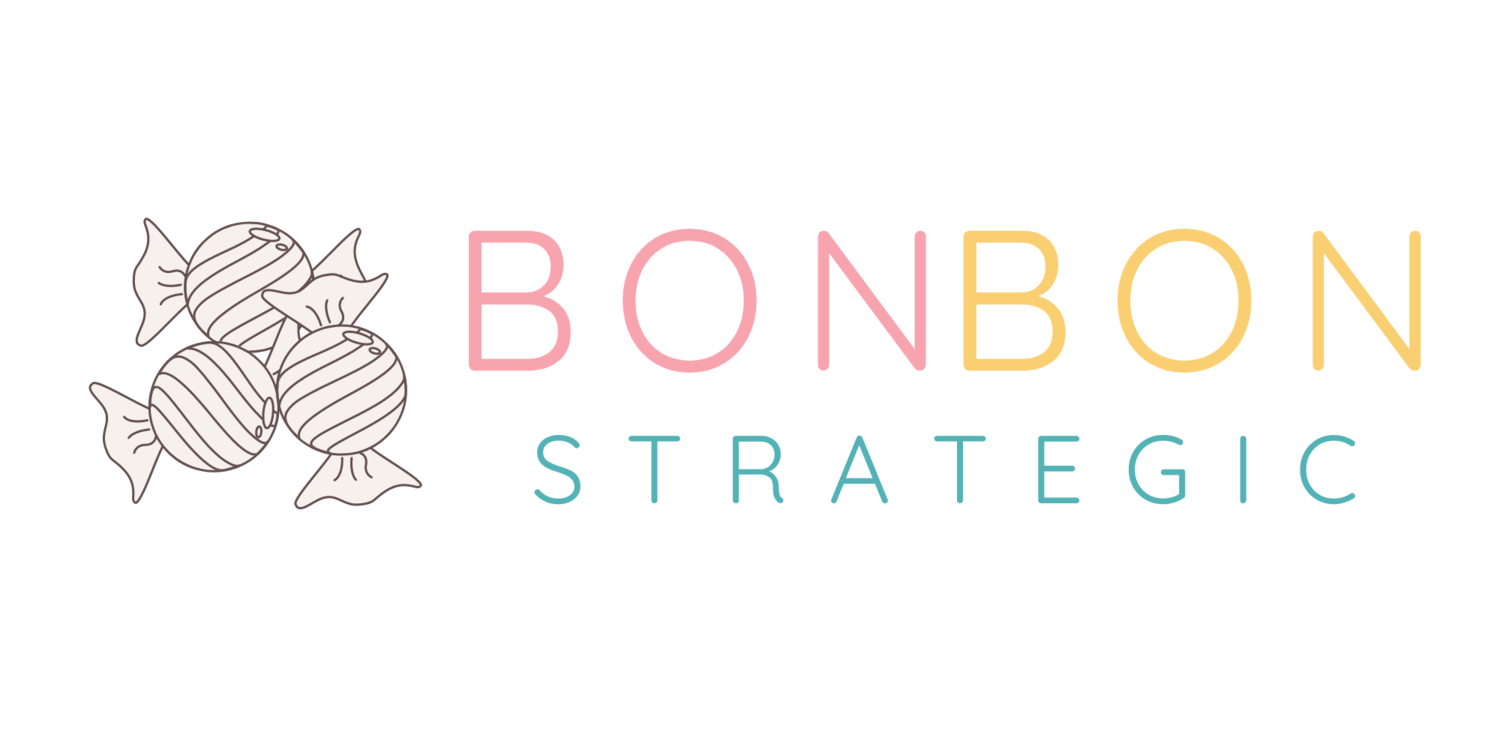How a 40-Year-Old Engineering Firm Future-Proofed Its Operations — Without Hiring a Full-Time COO
For technical service providers, growth is a double-edged sword.
You want bigger projects, more clients, and a stronger reputation — but the systems that got you here won’t carry you to the next level. And if you’re operating in a storm-prone region, a single weather event can undo months of work.
This is the story of how a 40-year-old regional engineering firm partnered with BonBon Strategic to modernize its systems, expand leadership capacity, and build hurricane-ready resilience — all without hiring a full-time COO.
The Challenge: A Legacy Business at a Crossroads
This engineering firm had everything you’d expect from a well-established player:
Loyal clients
Deep technical expertise
A strong reputation for quality work
But behind the scenes, cracks were showing:
Bottlenecked leadership — The owner was the central decision-maker for operations, sales, and project oversight.
Fragmented systems — Outdated tools slowed collaboration and left the business vulnerable to disruption.
Local server dependency — A hurricane or extended power outage could halt production for days.
Reactive business development — Growth relied almost entirely on word of mouth.
People gaps — Key leadership and technical positions were unfilled or underdefined.
The business was strong — but not future-proof.
The Solution: Fractional COO + Hands-On Execution
The owner didn’t need just another consultant with a binder of recommendations.
They needed a partner who could strategize, implement, and drive change in real time — freeing them from operational firefighting so they could focus on growth.
Our engagement was built around four core focus areas:
Leadership Capacity — Recruit and onboard critical leadership roles, define responsibilities, and shift oversight away from the owner.
System Modernization & Resilience — Migrate to Microsoft 365, implement collaborative project management software, and move core operations to a fully cloud-based infrastructure to maintain continuity during hurricanes and other disruptions.
Business Development Activation — Build a targeted outreach strategy to re-engage past high-value clients and open doors with new institutional partners.
Operational Resilience — Document core processes, build redundancy in accounting/payroll, and formalize HR policies to remove single points of failure.
Implementation Highlights
Technology Transformation
Migrated all core systems to Microsoft 365 and implemented NewForma Konekt for project collaboration. Coordinated directly with vendors to ensure smooth adoption and minimal downtime.
Cloud-Based Continuity Planning
Shifted all files, communications, and workflows to the cloud. The result: zero operational downtime during future storms — and no more scrambling to recover work from offline servers.
Process & Policy Overhaul
Developed a comprehensive HR handbook (currently in legal review). Initiated a hardware replacement strategy to extend device life while staying compliant with security updates.
Strategic Vendor Decisions
Researched, demoed, and implemented Specpoint to streamline specification management.
Talent Acquisition
Recruited a sustainability engineer to expand into new service areas. Evaluated candidates for a VP of Engineering/Operations role.
Operational Accountability
Delegated time tracking approvals to team leads and implemented mobile-based time tracking for accuracy.
Business Development Foundation
Created a prioritized client target list based on historical profitability and industry alignment.
The Results
Within the first year, the transformation was clear:
Leadership Bandwidth — The owner began stepping back from reactive management, focusing instead on business development and strategic growth.
System Reliability — Cloud-based infrastructure ensured uninterrupted work, even during hurricane season.
Operational Visibility — Project tracking and collaboration improved across the board.
Risk Reduction — Documented processes and role clarity minimized single points of failure.
Growth Readiness — A clear business development roadmap replaced ad-hoc client acquisition.
Why This Matters for Small Engineering Firms
For small engineering and technical service firms, operational transformation doesn’t require a six-figure, full-time executive hire.
But it does require a partner who can:
Understand the unique demands of technical project work.
Execute solutions, not just recommend them.
Build resilience into your systems so your revenue and client trust are protected year-round.
When you’re in a region where downtime isn’t an “if” but a “when,” resilience isn’t optional — it’s your competitive edge.
If you’re ready to scale your firm without burning out — and want to know your business can weather any storm — let’s talk.
